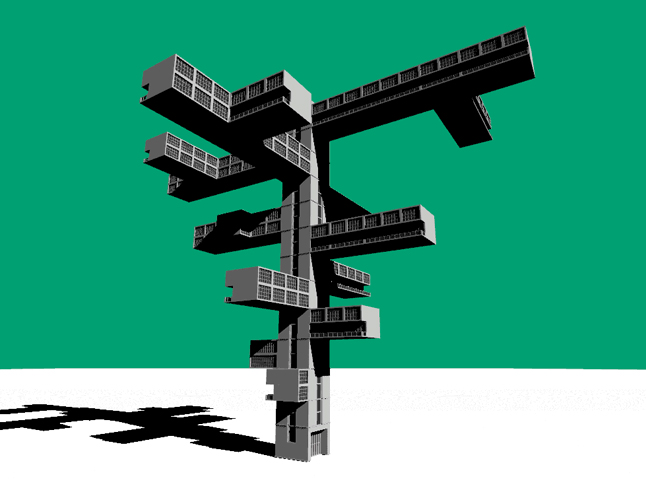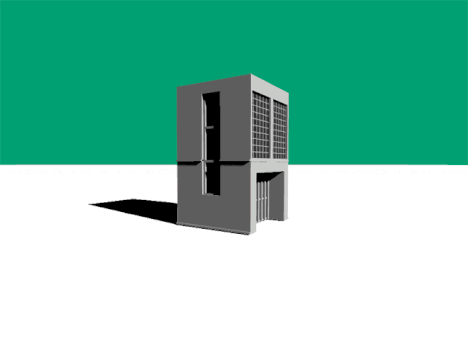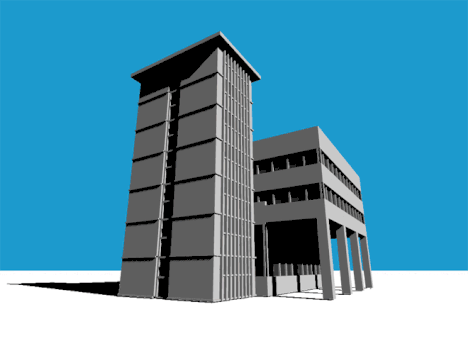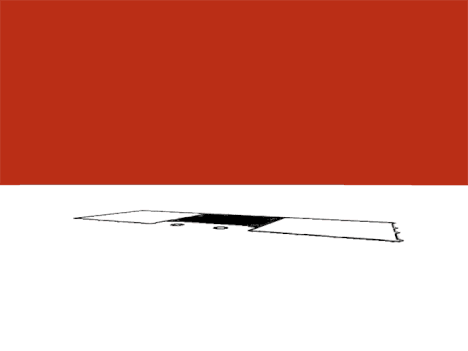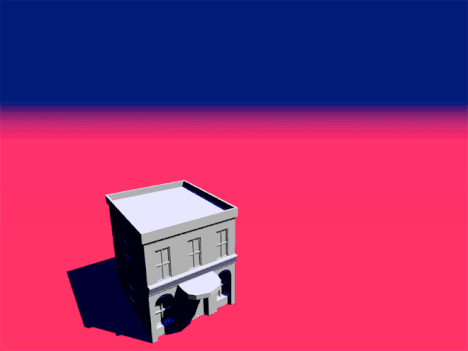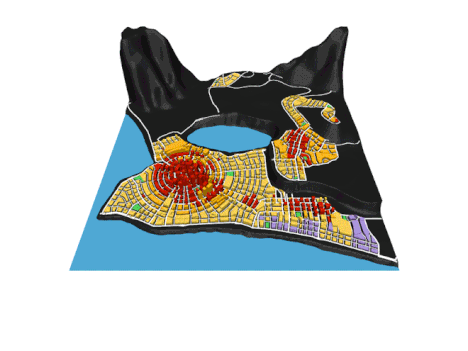Facing down the difficult challenge of creating an ever-changing urban gaming environment, this digital designer went with a cheap alternative that is aesthetically compelling and could have impacts beyond cyberspace.
The game, Project Sprawl, is something of a cross between the Grand Theft Auto series and classic roll-playing games, but most critically: its metropolitan context needs to be dynamic and full of surprises, evolving over time like a real city.
Low on funds and looking for cheaper and easier world-building solution than stock skylines or fully-custom options could provide, Cedric Kerr “decided to develop software that could auto-generate complex cities, from street maps to skyscraper architecture, for his characters to inhabit.”
As these animated illustrations show, there are rules to the way the generative algorithm constructs buildings – starting with a simple baseline, windows and doors, cantilevers and split facades morph and evolve in mesmerizing ways.
From Wired, “The solution to Kerr’s urban planning problem came in the form of Unity, a game engine often used to design game worlds from the size of a room to entire solar systems. The result was a set of building blocks that could be pulled and stretched in any direction with facades that would update in real time. Kerr could quickly sketch an outline of a foundation and in seconds have a unique building automatically populated with windows, doors, and other architectural details.”
The result of this project is a kind of architectural vocabulary that could be useful for deconstructing architecture, creating simulations or generating backdrops for conceptual projects. From Kerr: “the idea is that each building is decomposed into a set of rules forming a grammar that describes each stage of the process. These rules are hierarchical so a building is made up of facades, facades are made up of floors, floors are made up of tiles, tiles contain windows and so on.”
